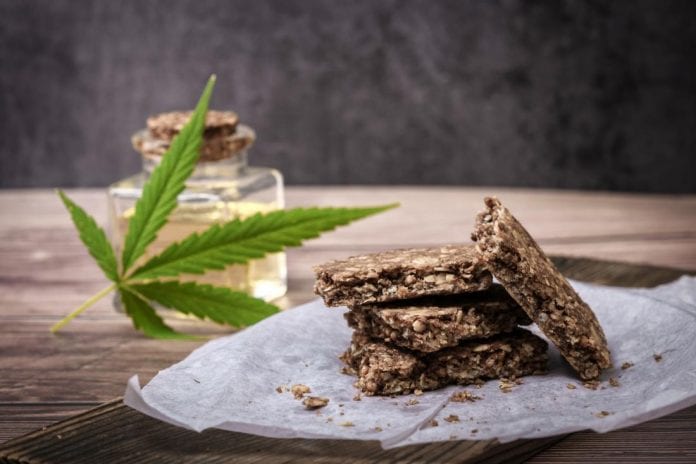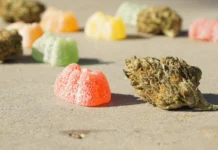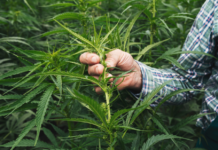Cannabis edibles are food and drink items that have cannabis in them, primarily THC and CBD, the main cannabinoids found in the cannabis plants. These edibles have also been a good alternative for those who wouldn’t want to smoke or vape cannabis. It is usually infused in different ways. It can be infused with the butter known as cannabutter. Also, decarboxylated marijuana in oil form would be used directly as part of the cooking ingredients. The potency is often not affected when taken as an edible as compared to other direct means.
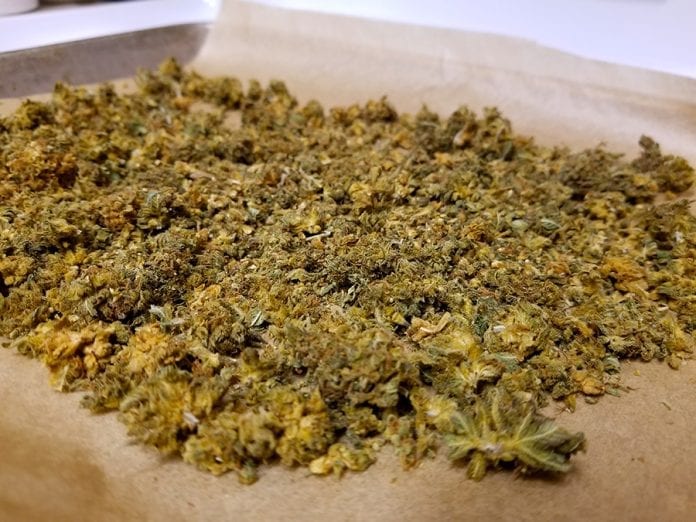
Edibles that contain more THC are more used recreationally than for medicinal purposes, though it still helps improve appetite, euphoria, and reduces fatigue. There is a wide range of edible products available now, such as baked products, brownies, gums, mints, pizza, chips, nuts, beverages, and cooking oil. And you can sure bet that with the increasing popularity of cannabis there would even be more options.
Based on the means of administration, using edibles would be one of the slowest ways of feeling its effect as it goes into the digestive system as compared with smoking or taking subliminally. But would, in the long run, have the most prolonged effect on an individual. After digesting it, it goes to the liver where the THC is converted to 11-hydroxy-THC, which has a longer half-life and then goes to the heart and then the brain.
These delayed and intense effects of cannabis edibles have made them the choice of medical marijuana users as well as those looking for a simple and tasty way to use cannabis. Let’s take a quick look at how edibles became big.
History Of Edibles
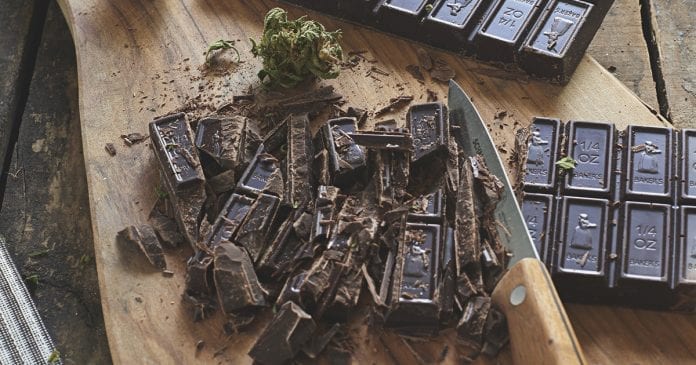
The history of edibles can be traced back to India, where it was called Bhang. It was a famous drink made from marijuana, butter, milk, and spices. It was mostly used back then after a long day’s work as a sleep aid and appetite booster. However, more popularly, it was introduced in the years by some Mexican immigrants in the 19th century. In the ’70s, Alice B. Tokas introduced the concept of energy balls by mixing weed with fruits and spices. As time goes on, the brownies became a thing, and it led to other baked products.
During the ’90s, there was a stall on the growth of pot edibles. It was because the rate of drug use was seen as unbearable. In the wake of the millennial era, there’s been a new upheave in the usage as more and more scientific discoveries are made documenting the medicinal benefits of cannabis, thus indicating that you don’t have to be a hippie to use weed. Slowly and gradually, the narrative started changing, and the reception is much better today.
Growing Popularity

As more and more states are legalizing marijuana both for medical and recreational use, the option of using cannabis edible is now being experimented with. Even chefs are using it as a herb in their cuisine. Plus, cookbooks are also made that show how you can use cannabis in any meal you make. In the space of three years, cannabis edibles have gone from being the overlooked option at 2% to the preferred choice in dispensaries at 13.7%. The cannabis edibles market is expected to be worth $4 billion by 2025.
Cannabutter, which is one of the two ways to infuse cannabis into foods and drink, makes a fantastic option and choice for chefs and for individuals who want to cook and experiment at home with cannabis edibles. As with a simple cannabutter recipe, like the one in this video that requires you to decarboxylate your cannabis. You should heat it together with your butter for 3 to 4 hours. That would give you enough to use and store later, which can be used to make doughnuts, chips, nuts, cookies, brownies, pizza, and a lot more.

Beverage and Food giants such as Coca-cola and Anheuser Busch are looking to take advantage of this boom and an increase in demand for cannabis edibles and also create a line of their products. With these heavyweights coming into the market and competition increasing, it only means one thing for the market, better and healthier edibles. Edible manufacturers pay more attention to details and offer naturally flavored products with less artificial sugar. Hence, taking a holistic approach to their products.
Future Possibility
Cannabis edibles are here to stay and have been highlighted earlier have numerous advantages working in its favor to see its sales and demand even increase in the coming years. Its preference among medical marijuana patients, its relative ease of usage, and market competition among brands trying to get a foothold of the market are among the many reasons why it is going to be around for a long time to come.
